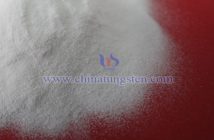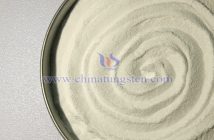Fire-resistant fabrics, engineered with special treatments or additives like flame retardants, slow or prevent flame spread and reduce burning rates. These properties provide critical time for escape during fires, minimizing harm to life and property. CTIA GROUP LTD’s Ammonium Metatungstate (AMT), a key functional raw material, shines in fire-resistant fabric production with its unique “hardcore” capabilities.
I. AMT: The “Hardcore” Guardian of Fire-Resistant Fabric Production
CTIA GROUP LTD’s Ammonium Metatungstate (AMT), a tungsten-containing inorganic compound, is a vital additive in fire-resistant fabrics. Appearing as a white or slightly yellowish crystalline powder, AMT’s efficacy stems from its chemical properties and high-temperature reaction mechanisms.
Thermal Stability and Protective Film Formation: AMT exhibits excellent thermal stability, decomposing at high temperatures to form tungsten oxides and other high-melting-point substances. These decomposition products create a dense protective film on the fabric surface, acting as a barrier to heat transfer. This slows the fabric’s temperature rise, reducing ignition likelihood when exposed to flames or high temperatures.
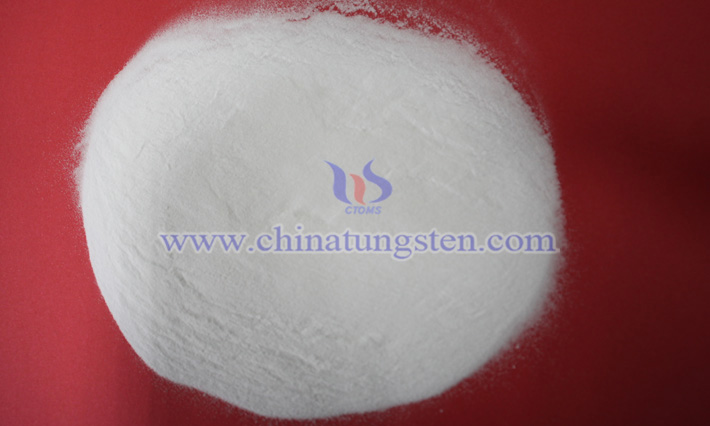
Catalytic Dehydration and Carbonization: AMT catalyzes dehydration and carbonization of fabric fibers under heat, transforming organic components into a stable, flame-resistant char layer. This process consumes combustible materials, reduces flammable gas emissions, and forms a char layer that blocks oxygen access to the fabric’s interior, hindering sustained combustion and enhancing flame retardancy.
Smoke Suppression: AMT reduces smoke production during combustion through complex chemical reactions that lower smoke particle concentrations. This is crucial in fires, as reduced smoke improves visibility and minimizes health risks, facilitating safer evacuation and rescue operations.
Compatibility and Stability: AMT integrates well with fabric fibers, dispersing uniformly without compromising flexibility, strength, or color. It remains stable against environmental factors like humidity and light, ensuring long-term fire-resistant performance.
Water and Wash Resistance: Fire-resistant fabrics must withstand water and washing for practical use. AMT’s strong adhesion to fabrics, enhanced by specialized treatments, ensures durability. Even after multiple washes, AMT-treated fabrics retain significant fire resistance, guaranteeing long-term effectiveness.
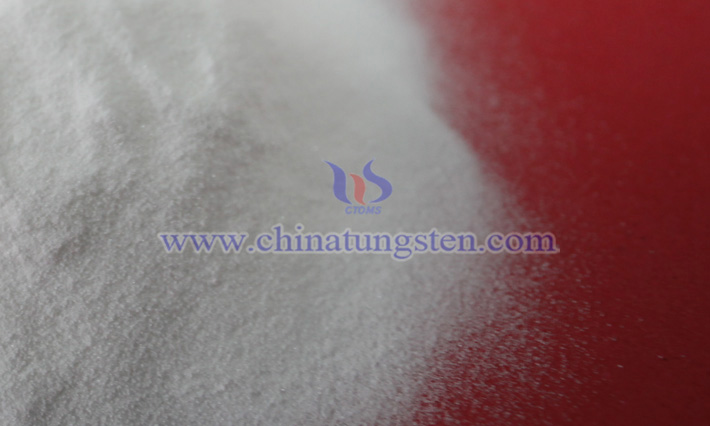
II. Unlocking the “Superpowers” of Fire-Resistant Fabrics: Key Applications
AMT-enhanced fire-resistant fabrics are deployed across diverse sectors, leveraging their flame-retardant and heat-resistant properties to enhance safety.
1. Firefighting Sector
Firefighter Suits: Firefighters rely on AMT-treated fire-resistant suits to withstand flames and high temperatures during firefighting operations. These suits protect against burns, enabling safe operations in hazardous fire environments.
Fire Blankets: Made from fire-resistant fabrics, fire blankets extinguish small fires or shield individuals from flames during escapes. Widely used in homes, public spaces, and vehicles, they prevent fire spread and aid emergency response.
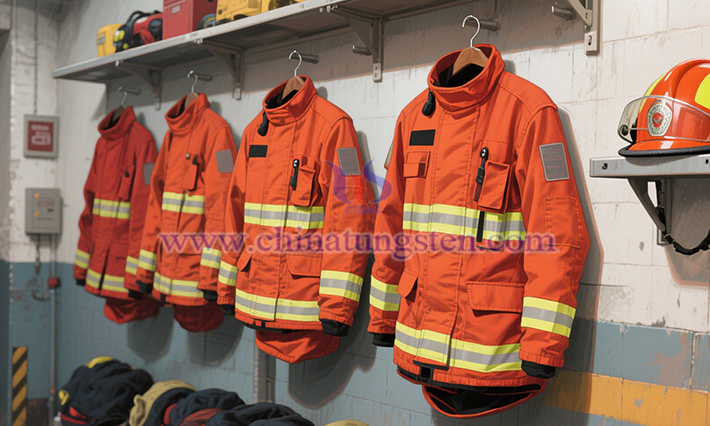
2. Industrial Sector
High-Temperature Workwear: In industries like steel, metallurgy, glass, and ceramics, workers wear AMT-enhanced fire-resistant workwear to protect against high temperatures, sparks, and thermal radiation, ensuring safety and health in extreme conditions.
Industrial Insulating Curtains: Fire-resistant curtains isolate high-temperature zones in industrial settings, preventing heat spread and enhancing safety. These curtains also reduce energy loss and provide flame-retardant protection, improving workplace security.
3. Construction Sector
Fire-Resistant Curtains: Installed at building windows, fire-resistant curtains block flame spread into interiors during fires, buying time for evacuation and rescue. They also reduce smoke infiltration, minimizing harm to occupants.
Interior Decorative Fabrics: Fire-resistant fabrics used in wall coverings, furniture upholstery, and other interior applications enhance building fire safety. In venues like conference halls and cinemas, AMT-treated chair fabrics and wall coverings slow fire spread, ensuring occupant safety.
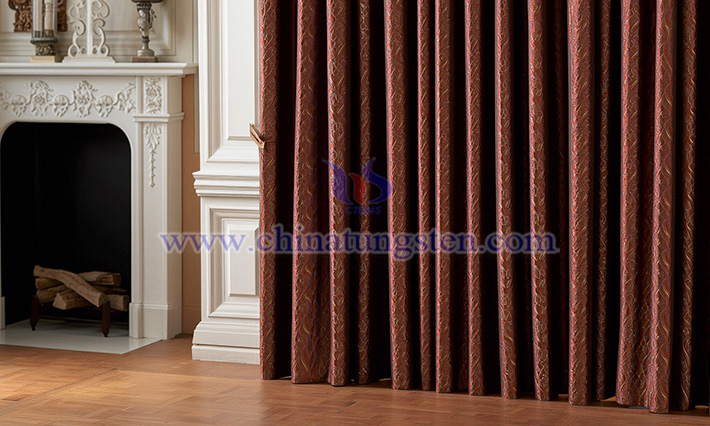
4. Transportation Sector
Automotive Interior Fabrics: Fire-resistant materials in car seat covers, headliners, and carpets improve vehicle safety by slowing fire spread during accidents, providing passengers and rescuers more time for evacuation and firefighting.
Marine Interior Fabrics: On ships, AMT-treated fire-resistant fabrics are used in cabins, crew quarters, and dining areas. Given the challenges of maritime fire rescue, these fabrics are critical for preventing rapid fire spread, ensuring passenger and crew safety by facilitating evacuation and firefighting efforts.

